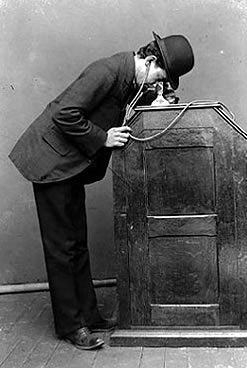This semester we've been meeting several different characters from the fictional "Crystal Pond Woods." Each of these characters represents a particular type of thinking. The students learn the uses of each type of thinking and practice using it to find solutions to problems and scenarios.
We started with Dudley the Detective, a dog who loves to solve mysteries using logical, or convergent thinking. Dudley inspired us to find solutions that required linear, logical, deductive reasoning.
We started with Dudley the Detective, a dog who loves to solve mysteries using logical, or convergent thinking. Dudley inspired us to find solutions that required linear, logical, deductive reasoning.
Next, we met Max the Magician, a rabbit who is totally passionate about visual/spatial reasoning! He loves puzzles, patterns and visual eye-teasers. After meeting Max we explored tangrams and other geometrical tools for thinking. We even made ourselves little Max the Magician hats. :)
Most recently, we met Isabel the Inventor--she is a master of divergent thinking (generating several possible solutions to a problem). We were introduced to brainstorming as a thinking tool and made our very own "brainfocals"--special glasses that help us see the world from new angles!
































